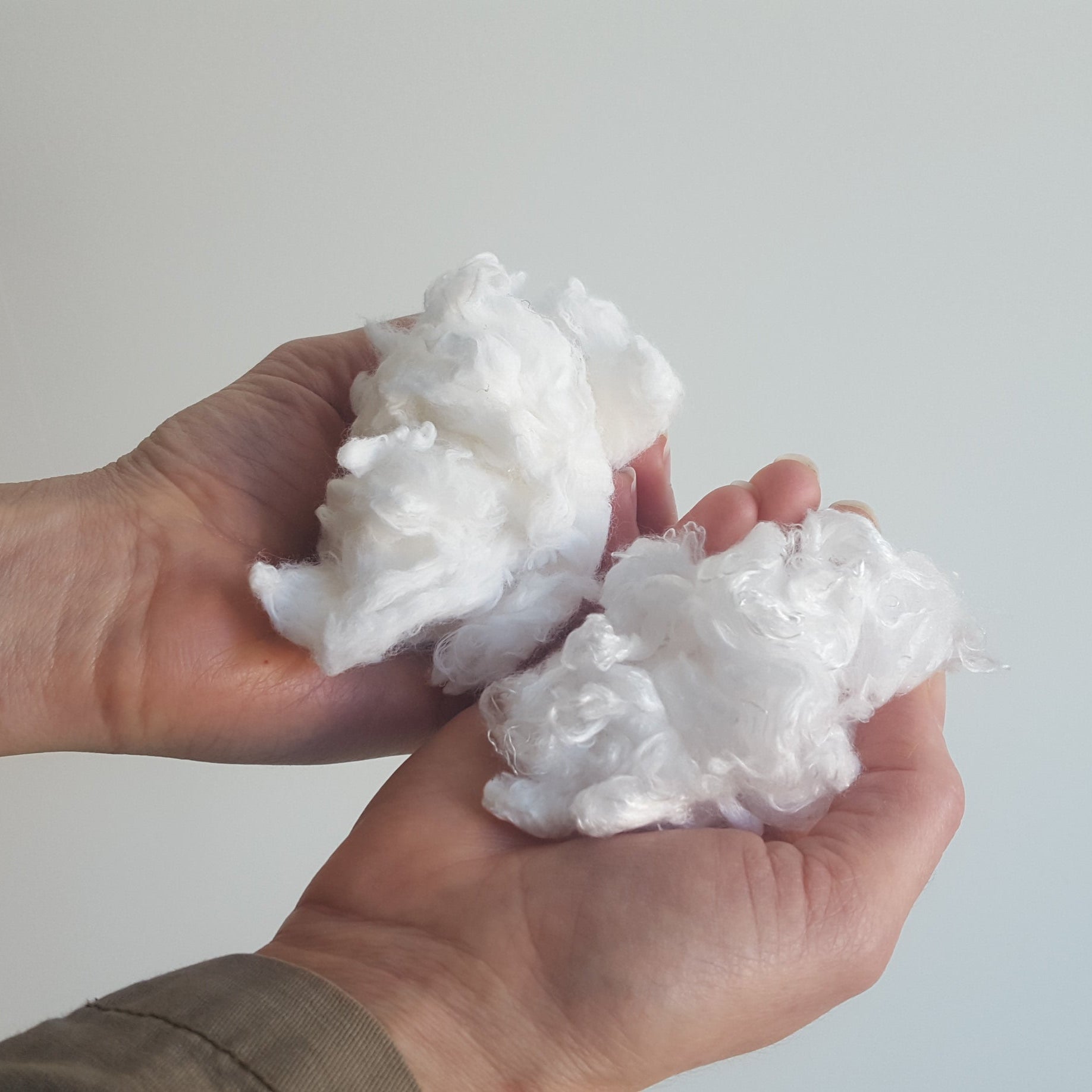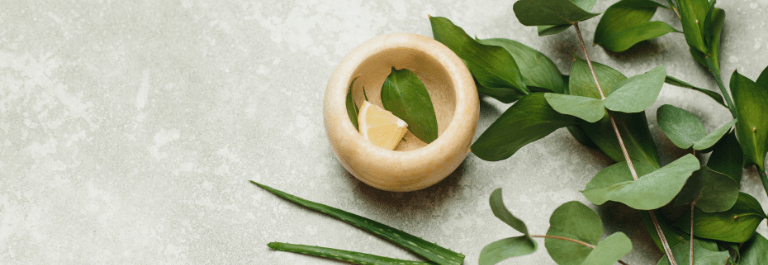We know what you’re thinking…exfoliate eczema? Really? As strange as it may sound, it’s actually important to exfoliate eczema –gently, of course.
Read on to discover how to get rid of dead skin from eczema and why this ritual is an essential part of your eczema skincare routine.
Should I Exfoliate My Eczema?
Before we dive into how to exfoliate eczema, let’s talk about why it’s important.
When you’re dealing with irritated, sensitive, and potentially broken skin, exfoliation may be the last thing on your mind. You may be worried that exfoliation may further damage your skin or cause increased inflammation.
But here’s why it helps: exfoliating removes dry and dead skin that can actually exacerbate eczema flare ups. This is extremely beneficial, as it allows your natural remedy to soothe your skin more effectively and makes room for healthy skin cells to grow.
How to Exfoliate Eczema
Ready to get started? Start by cleaning the area with lukewarm water. You may also want to clean it with a light, fragrance free soap.
Many soaps contain harsh chemicals or ingredients that can strip the skin of its natural moisture so we always recommend using a nourishing soap like this Coconut and Sunflower Oil Soap bar.
Using your finger, apply a natural eczema scrub in a circular motion on your skin. 30 seconds should be plenty of time.
It’s easy to make your own eczema scrub using brown sugar and some type of oil. Coconut oil, vitamin E or olive oil are all great choices. When you are finished, rinse off the area with lukewarm water.
The Don’ts of Exfoliation
Now that you know what to do, let’s briefly discuss what not to do. First of all, make sure that you do not exfoliate every day. Overdoing it can actually strip the skin of its natural moisture which can cause increased irritation. We recommend exfoliating every one or two weeks.
Keeping your exfoliation to a minimum will help eliminate dead skin cells without doing more harm than good.
Another thing you absolutely should not do is aggressively scrub your skin. Your eczema-prone skin is sensitive enough. Scrubbing the skin can damage your skin which can prolong the healing time.
It goes without saying that you should be as gentle as possible when exfoliating your skin. We recommend lightly sweeping dead skin away or lightly pressing down on the affected area in a circular motion.
Finally, if you are experiencing oozing or weeping eczema, hold off on the exfoliation. The beneficial effects of exfoliation are intended for thick and dry eczema.
Caring for Your Skin Afterwards
Once you’ve finished exfoliating, it’s time to do your post-exfoliation routine and show your skin some more tender loving care. We recommend replenishing your skin’s moisture with a natural cream like this Organic Manuka Skin Soothing Cream.
It’s made with just 6 ingredients, all of which are known for their skin-soothing benefits. In fact, they were handpicked by an eczema mother who was desperate for a solution to heal her son’s skin. With help from this oil-based balm, your skin is sure to feel soft and smooth in no time.
To boost the healing process and give your skin an extra boost of moisture, try wet wrap therapy. This simple at-home remedy involves applying a natural cream like the one mentioned above and then covering up with a piece of eczema-friendly clothing such as these hypoallergenic sleeves. Then cover up with a dry layer over top.
Leave the wraps on overnight or for a minimum of 2 hours. When you remove the wraps, don’t forget to apply another layer of cream.










